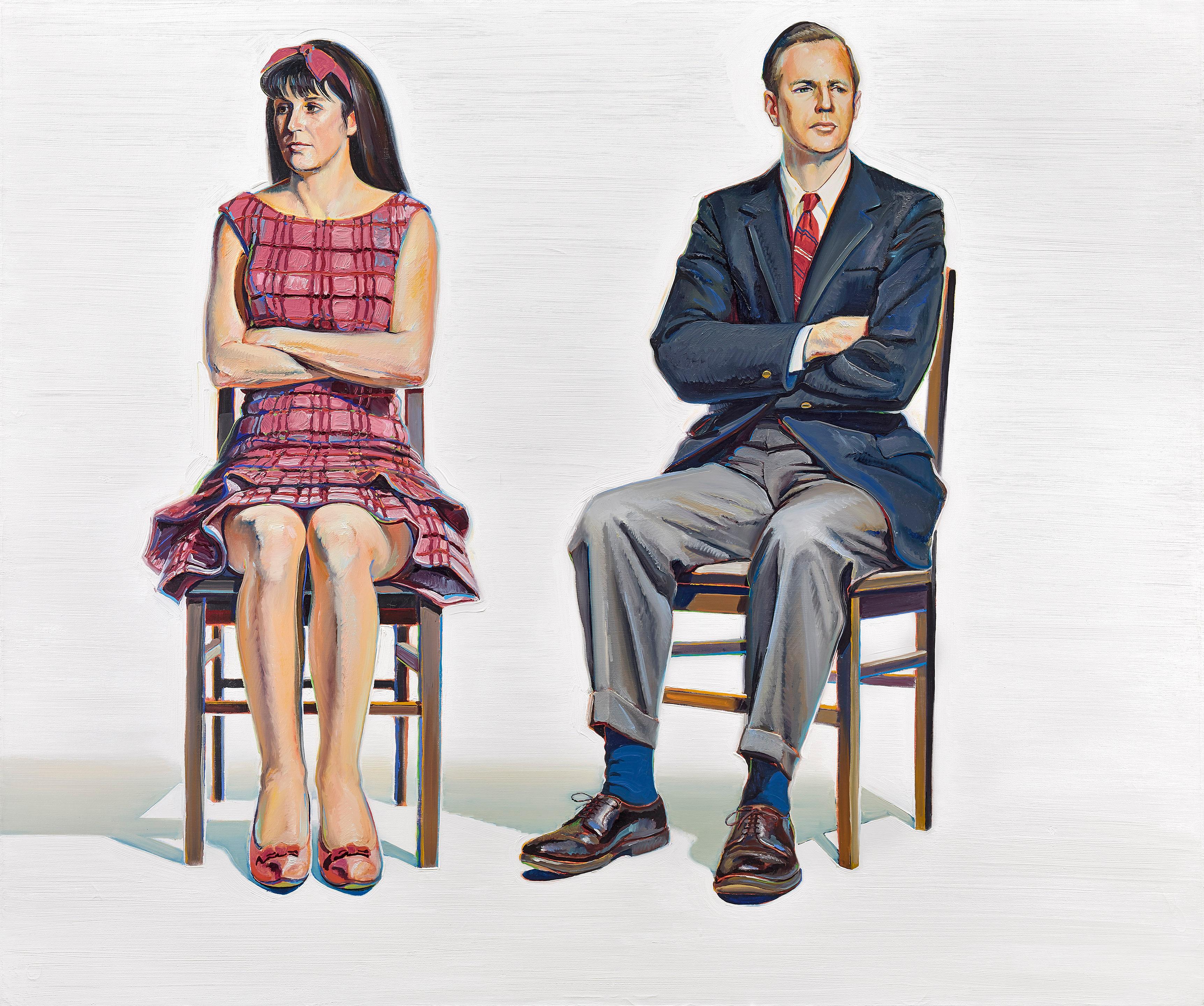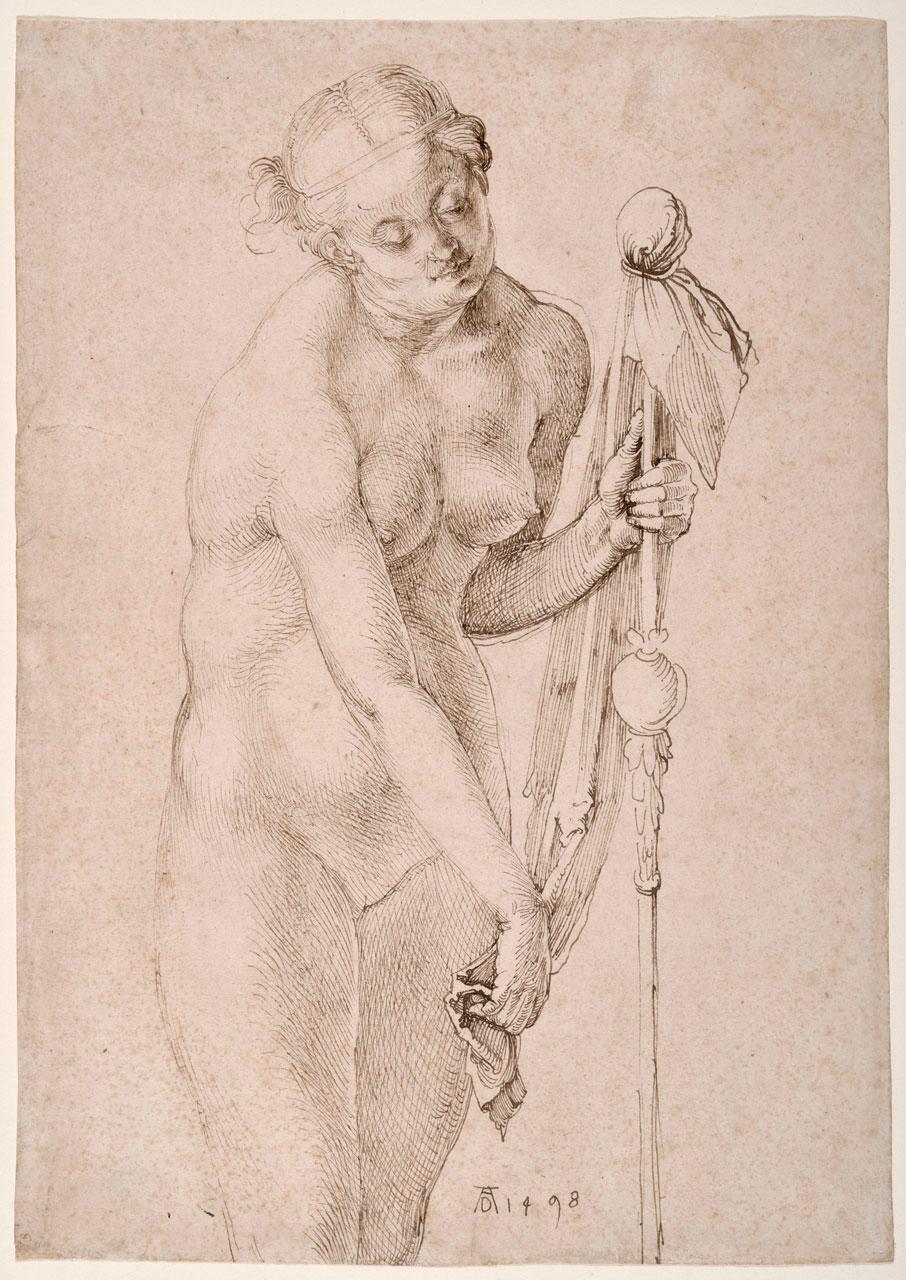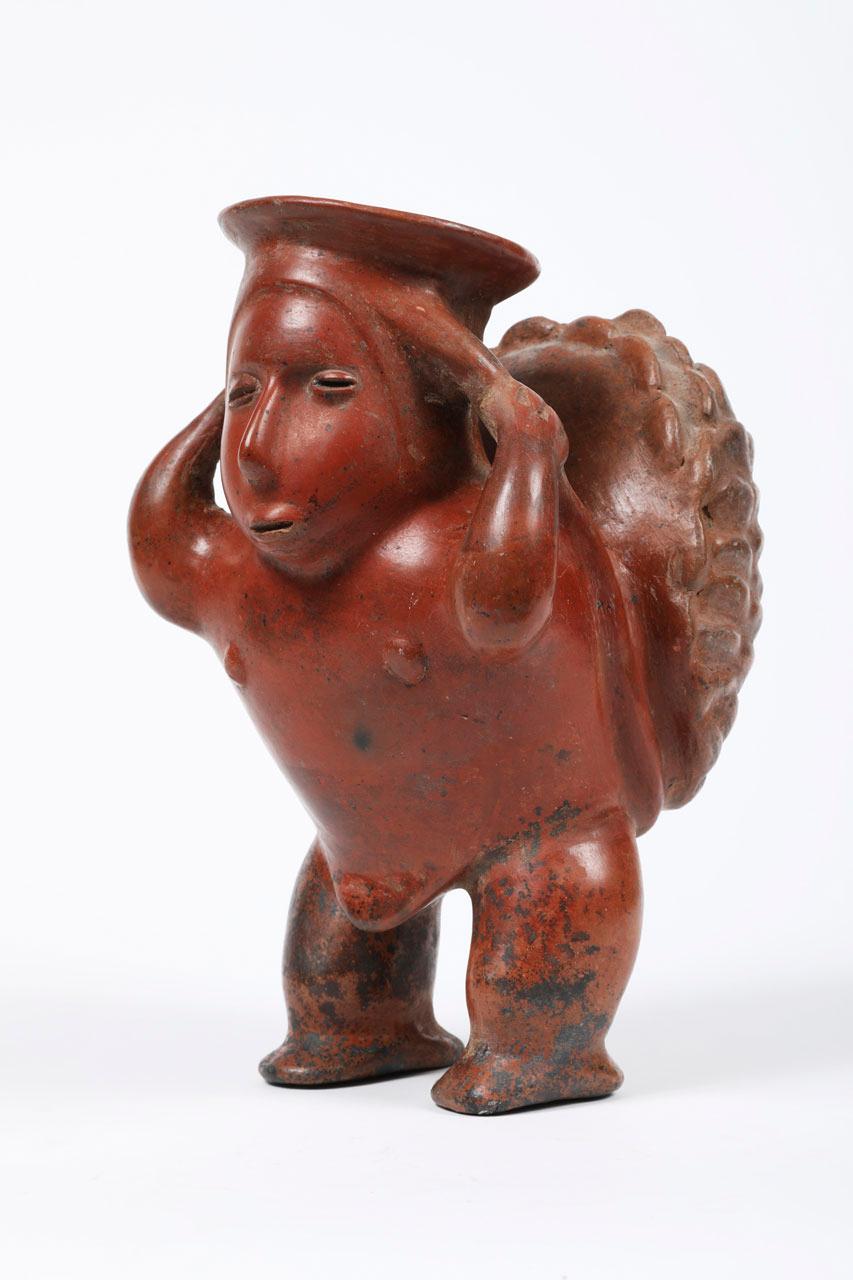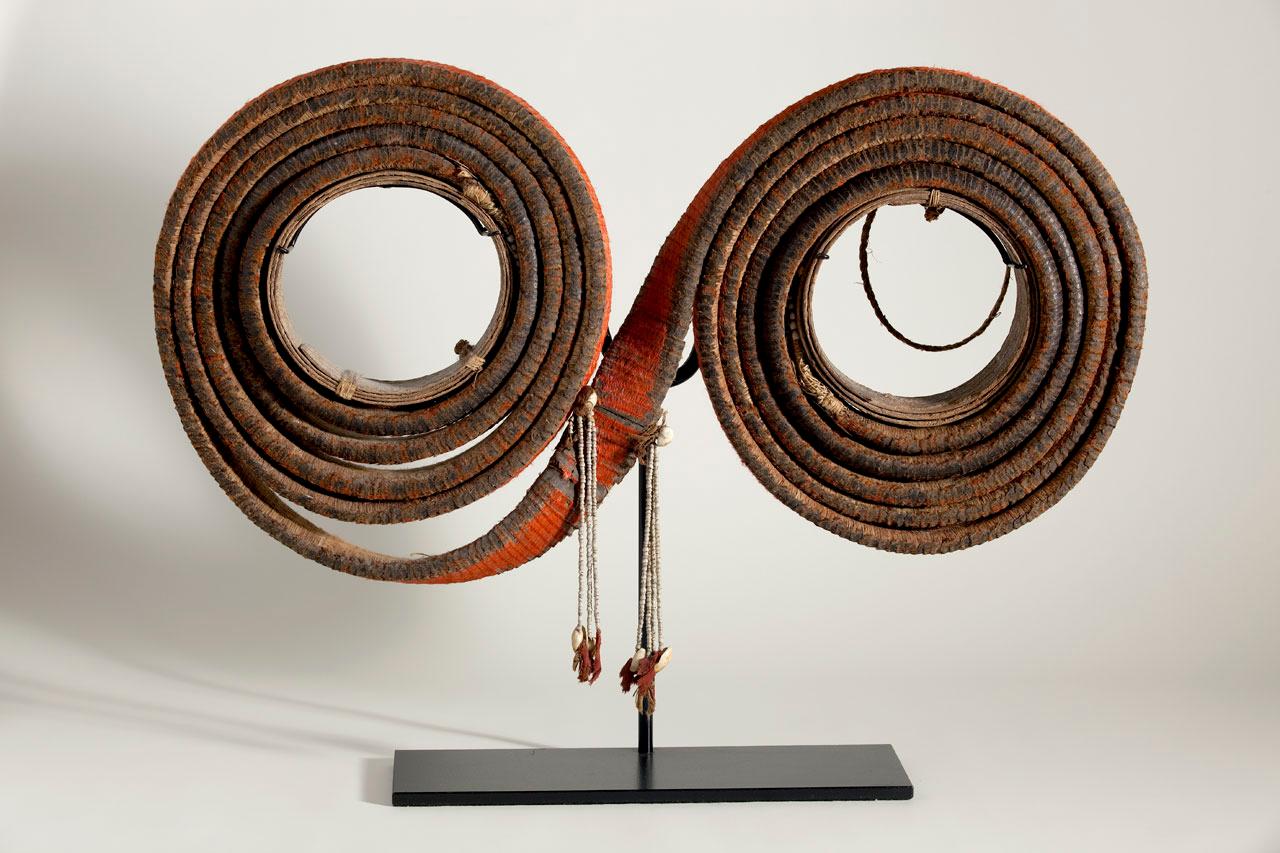American Art, 1945 to Today

The Crocker’s collection of modern American art focuses primarily on work by artists that lived and worked in California, speaking to our region’s diverse cultures and artistic styles. The collection is particularly strong in art and artists from the Sacramento and Bay Areas, with excellent examples of Bay Area Figuration, Photorealism, Funk art, and more.
About the American Art, 1945 to Today Collection
Just as E. B. and Margaret Crocker collected the art of their day, the Crocker Art Museum has continued acquiring artworks that reflect the evolving interests and identities of artists working in contemporary California. Far from a homogenous culture, California’s diversity is reflected in the wide range of styles and techniques represented in the Museum’s post-war collection. The Crocker Art Museum recognizes and acknowledges the many distinct communities of indigenous peoples that have made California a center of diversity for millennia. Since 2010, the Museum has significantly enhanced its collection of works by Native American painters, sculptors, potters, basket-makers, and photographers.
The Crocker’s collection is particularly strong in documenting art from the Bay Area. In 1945, San Francisco assumed a new role as a national cultural center with Douglas MacAgy’s appointment as director of the California School of Fine Arts (CSFA, later the San Francisco Art Institute). Within his first years, MacAgy hired the renowned Abstract Expressionist Clyfford Still from New York, along with David Park, Hassel Smith, Elmer Bischoff, and Richard Diebenkorn, who were already working in abstraction. Countering the long-held belief that artists in California adopted Abstract Expressionism from their New York peers, art historian Susan Landauer has argued that Abstract Expressionist techniques developed concurrently on the East and West Coasts. The Crocker’s significant holdings of drawings, paintings, and sculptures by Ernest Briggs, Claire Falkenstein, Sam Francis, Gordon Onslow-Ford, Sonya Rapoport, John Saccaro, Sam Tchakalian, and others reflect this critical art historical moment in Northern California.
By the 1950s, abstraction began to fall out of favor with many Bay Area artists. As painter Frank Lobdell put it, “Anything that became formula was suspect, and being spontaneous could be a formula.” The new generation of Bay Area Figurative artists brought the self-referential approach of Abstract Expressionism to their paintings of figures gazing out the window, posing nude in the artist’s studio, and experiencing California’s natural landscape. Works by Joan Brown, William Theophilus Brown, Jess, Paul Wonner, Nathan Oliveira, and Manuel Neri have enriched the Museum’s holdings of 20th-century art.
Representational painting in Northern California was fundamental to the early appreciation and realization of American art movements such as Pop, Photorealism,
and Funk. Work produced in California kept pace with national trends, and regional styles achieved global significance. Since the 1960s, the Crocker has excelled in promoting artists who work beyond the large urban and coastal cultural centers commonly associated with California. Sacramento’s contribution to Pop art and painterly realism is perhaps best exemplified by Wayne Thiebaud. Thiebaud’s iconic portraits and pie paintings are included alongside works of other artists of the era, such as Suzanne Adan, Robert Arneson, Viola Frey, Mike Henderson, Luis Jiménez, Stephen Kaltenbach, Gregory Kondos, Joan Moment, Roland Petersen, Mel Ramos, Michael Stevens, Carlos Villa, and William T. Wiley. These artists were active in the Davis-Sacramento region in the 1960s and 1970s and their work has been featured in major national and international exhibitions.
Since the late-20th century, art in California has become borderless and artists have increasingly helped direct international art conversations. Enrique Chagoya, Robert Cremean, Hung Liu, June Edmonds, Jaune Quick-to-See Smith, Betye Saar, Alison Saar, Raymond Saunders, Fritz Scholder, Toshiko Takaezu, Lava Thomas, and Kara Walker are all represented within the collection. Other artists, including Jason Boyd Kinsella, Daniel Douke, and Alan Rath, respond to recent technological advances in California and beyond. With an eye to the future, the Museum is actively acquiring works by a new generation of California-based artists that includes Jay Lynn Gomez, Angela Hennessy, Greg Ito, Patrick Martinez, and Alison Schulnik. Their mixed media works address migration, identity politics, received histories, and environmentalism.




















